Are you tired of the same old boring shower drains? Decorative shower drains are an effortless way to add a touch of style to your bathroom while maintaining functionality. In this guide, we will delve into the world of decorative shower drains, covering everything from types and installation tips to their benefits and maintenance.
What Are Decorative Shower Drains?
Decorative shower drains are designed not only to drain water but also to enhance the aesthetics of your bathroom. Unlike conventional drains, these feature unique designs, materials, and finishes that can complement your bathroom decor.
Why Choose Decorative Shower Drains?
Decorative shower drains are an excellent choice for several reasons:
- Aesthetic Appeal: They add a decorative touch that can elevate your bathroom’s overall look.
- Variety of Designs: From modern to vintage, there’s a design for every style preference.
- Durability: Often made from high-quality materials, these drains are built to last.
- Easy Maintenance: Many decorative drains are designed for ease of cleaning.
Types of Decorative Shower Drains
Understanding the different types of decorative shower drains can help you make an informed choice. Here’s a closer look at some popular options:
1. Linear Shower Drains
Linear drains are long and narrow, typically installed along the shower’s wall. They offer a sleek look and are great for modern bathrooms.
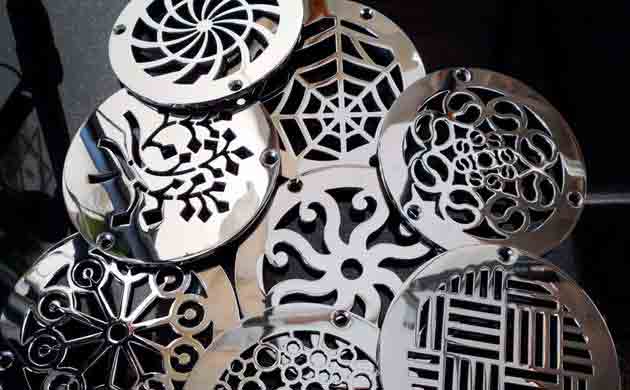
Pros and Cons of Linear Shower Drains
| Pros | Cons |
|---|---|
| Stylish and modern design | Can be more expensive than traditional drains |
| Efficient water drainage | Installation may require professional help |
2. Decorative Grate Drains
Grate drains come with various patterns and designs on the surface, allowing for personalization. They can be placed in both shower areas and bathroom floors.
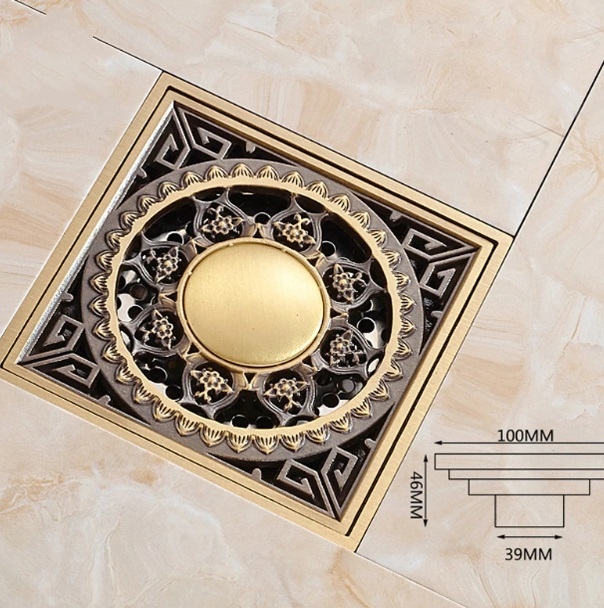
Pros and Cons of Decorative Grate Drains
| Pros | Cons |
|---|---|
| Wide variety of designs available | May require more frequent cleaning |
| Enhances the overall look of the bathroom | Can be less efficient at draining water compared to linear drains |
3. Custom Shower Floor Drains
For those looking to make a statement, custom floor drains can be designed to fit specific themes or styles, allowing for maximum personalization.
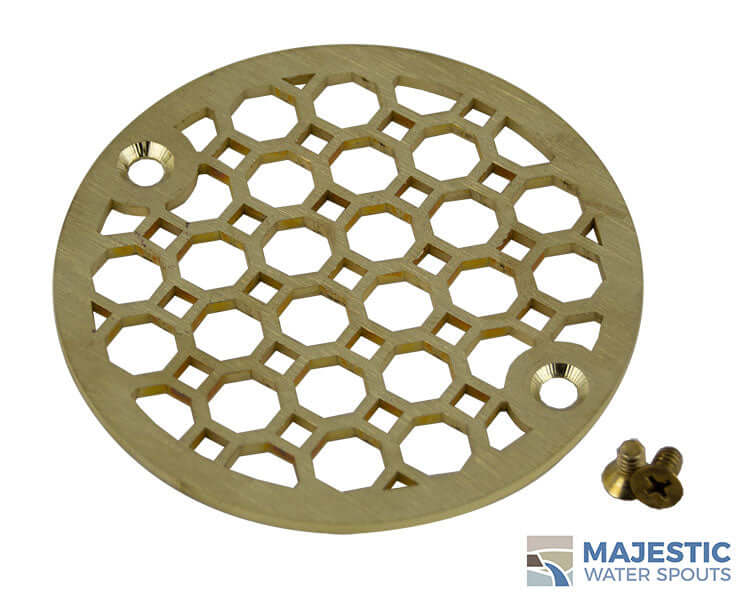
Pros and Cons of Custom Shower Floor Drains
| Pros | Cons |
|---|---|
| Can match any aesthetic | Usually the most expensive option |
| Unique and personal touch | Longer lead times for custom manufacturing |
Choosing the Right Decorative Shower Drain
When selecting a decorative shower drain, consider the following factors:
- Design Style: Match the drain design to your existing bathroom decor.
- Size: Ensure the drain fits well within your shower space.
- Material: Look for durable materials like stainless steel, brass, or bronze.
- Drainage Efficiency: Consider how well the drain will perform in preventing water pooling.
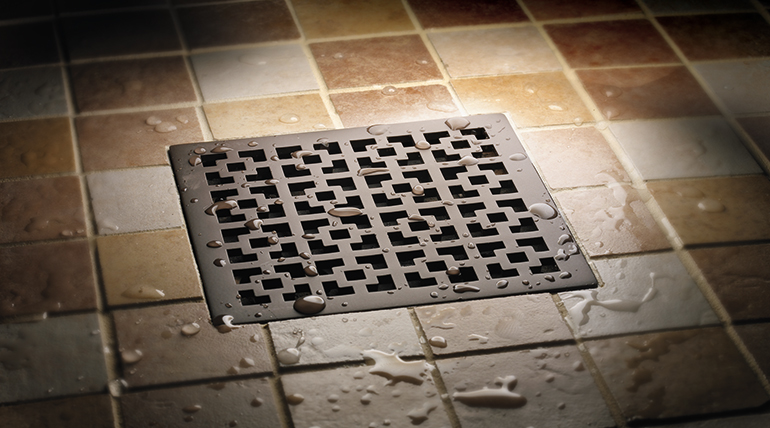
Comparing Materials for Decorative Shower Drains
The material of your decorative shower drain greatly affects its performance and longevity. Here’s a comparison table:
| Material | Durability | Maintenance | Aesthetic |
|---|---|---|---|
| Stainless Steel | High | Easy | Modern |
| Brass | Medium | Moderate | Classic |
| Plastic | Low | Very easy | Basic |
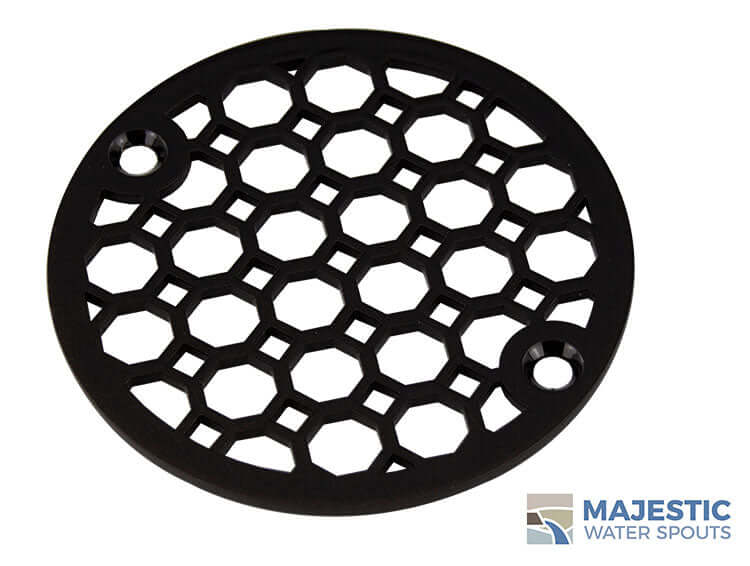
Installation of Decorative Shower Drains
Installing a decorative shower drain isn’t as complicated as it might seem. However, it requires attention to detail to ensure proper function. Here’s a simplified installation guide:
Step-by-Step Installation Guide
- Gather Tools and Materials: You’ll need a drill, screws, a level, and your chosen decorative shower drain.
- Prepare the Shower Base: Ensure the area is clean and dry, and the underlying plumbing is in place.
- Mark the Position: Use a pencil to mark where the drain will go, ensuring alignment with the plumbing.
- Install the Drain: Follow the manufacturer’s instructions to secure the drain in place and connect it to the plumbing.
- Test for Leaks: Once installed, run water through the drain to check for any leaks.

Maintenance Tips for Decorative Shower Drains
Keeping your decorative shower drain in top condition is essential for both functionality and appearance. Here are some practical maintenance tips:
- Regular Cleaning: Clean the drain cover and surrounding area weekly to prevent buildup.
- Use Non-Corrosive Cleaners: Always use gentle cleaners to avoid damaging the finish.
- Inspect for Clogs: Periodically check for any blockages that may impede drainage.
Common Problems and Solutions
Like any installed feature, decorative shower drains can encounter issues. Here are some common problems and their solutions:
1. Slow Drainage
If your decorative drain is slowing down, it could be clogged. Use a plunger or a plumbing snake to clear blockages.
2. Rust or Corrosion
Rust can develop on certain metals over time. Regular cleaning and using protective coatings can prolong the drain’s life.
3. Loose Cover
If the grate feels loose, check the screws and tighten them. If it’s still loose, consider replacing the screws or the drain itself.
Decorative Shower Drains in Modern Bathroom Designs
In contemporary bathroom design, decorative shower drains have become a focal point rather than an afterthought. They provide a synergy of form and function, enhancing the overall aesthetic while ensuring practicality. Here are a few design inspirations:
Luxury Spa Bathrooms
In luxury spa-inspired bathrooms, linear drains are often integrated into the floor to create a seamless look. The finishes can range from brushed nickel to polished chrome, complementing high-end fixtures.
Minimalist Bathrooms
A minimalist bathroom calls for clear lines and simple designs. A sleek decorative drain can enhance the clean aesthetic without overwhelming the space.
Vintage Style Bathrooms
If you’re aiming for a vintage look, ornate grate drains with intricate patterns can add a touch of nostalgia while still fulfilling functional requirements.
Frequently Asked Questions (FAQs)
1. Are decorative shower drains more expensive than regular drains?
Yes, they can be more expensive since they are designed with aesthetics in mind and often made from higher-quality materials.
2. Can I install a decorative shower drain myself?
It is possible to install a decorative shower drain yourself if you have some basic plumbing experience; however, hiring a professional can ensure proper installation.
3. Do decorative shower drains require special maintenance?
Not necessarily, but regular cleaning is recommended to keep them looking great and functioning well.
4. What materials are best for decorative shower drains?
Stainless steel and brass are among the best materials due to their durability and aesthetic appeal.
5. Can decorative drains be used in outdoor showers?
Absolutely! Many decorative drains are suitable for outdoor installations, making them ideal for pool areas or outdoor showers.
Conclusion
Decorative shower drains can significantly enhance your bathroom’s look while still providing essential functionality. With various styles, materials, and designs available, there’s a perfect drain for everyone. Whether you’re renovating your bathroom or building a new one, consider investing in decorative shower drains as part of your design upgrade. It’s a small detail that can make a significant impact!